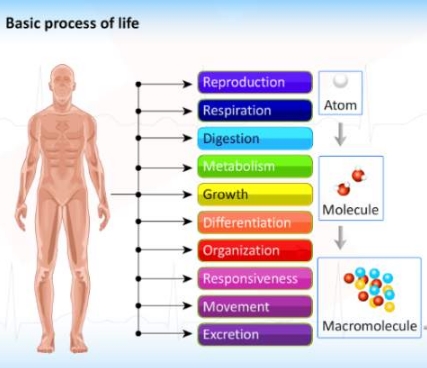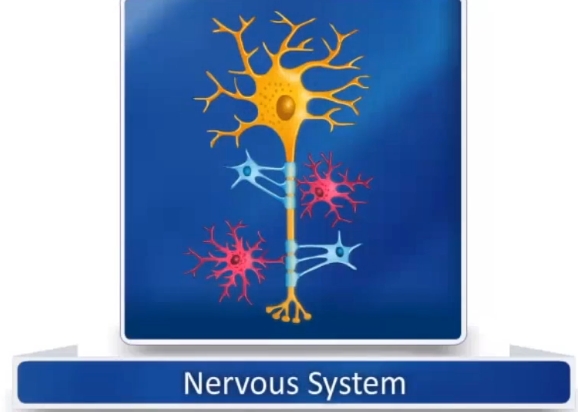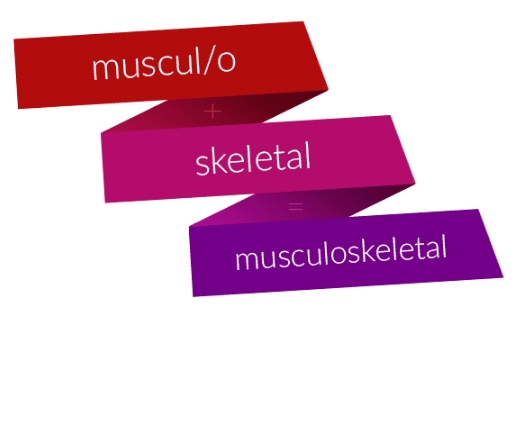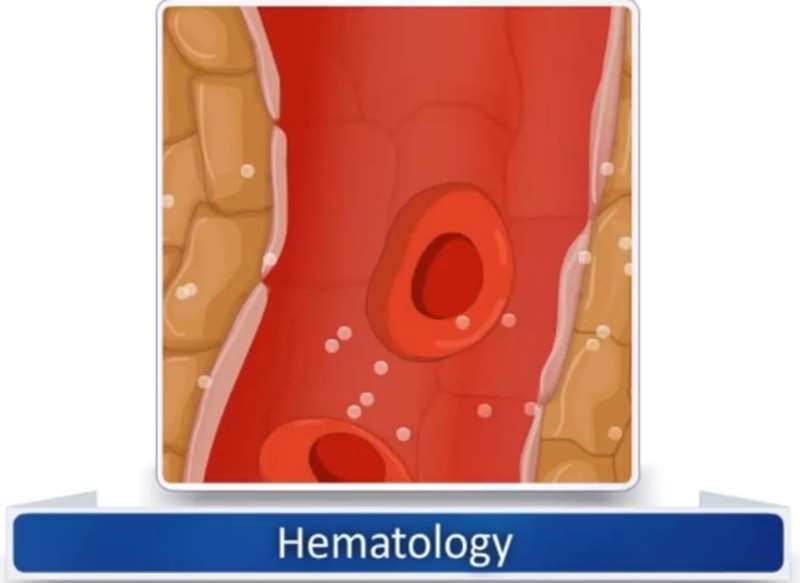About this course
Healthcare and medical professions have their own vocabulary, a specialised language that allows for quick and efficient communication between its members while minimising potential misunderstandings. Whether you are new to the medical profession or need a refresher class, we have a medical terminology course that will give you the boost you are looking for to further your career! In this course, we will cover the medical language and terminology used by healthcare professionals everywhere (in this specific subject area). If you’re interested in pursuing a health career and need the ability to communicate with medical professionals, you will find this course a perfect fit by providing you with a solid foundation in medical language.
This course forms one (subject-specific) module of our comprehensive "Medical Terminology" programme (which is comprised of 17 subject modules in total). The full programme is recommended if you require an extensive primer in various core aspects of medical terminology.
Lesson Objectives
- Define the components of blood as well as describe the formation and composition of blood.
- Identify different components of blood as well as blood groups.
- Recognize factors for blood clotting and how this works to protect the body.
- Describe structures of the lymphatic system, their key functions as well as their physiologic processes.
- Determine common symptoms, signs, diseases and disorders, as well as treatments associated with hematology, immunology, the lymphatic system, and oncology.
- Explain common clinical procedures and laboratory tests used to diagnose and treat hematologic, immunologic and lymphatic diseases and disorders.
- Analyze terminology used to describe different kinds of cancer and how they grow.
- Identify common cancer protocols and what types of cancers they are used to treat.
- Interpret abbreviations and combining forms related to hematology.
- Characterize abbreviations and combining forms related to the lymphatic and immune system.
- Classify oncologic abbreviations and combining forms.
Content
- 6.0 Hematology System Video
- 6.1 Hematology
- 6.2 Blood Components
- 6.3 Hematopoiesis
- 6.4 Erythrocytes
- 6.5 Leukocytes
- 6.6 Granulocytes
- 6.7 Agranulocytes
- 6.8 Thrombocytes
- 6.9 Blood Types
- 6.10 Blood Transfusions
- 6.11 Blood Clotting
- 6.12 Hematology Pathophysiology
- 6.13 Hematology Procedures
- 6.14 Abbreviations for Hematologic System
- 6.15 Chapter 6 Activity 1
- 6.16 Lymphatic System Video
- 6.17 Lymphatic System
- 6.18 Lymphatic Function
- 6.19 Lymphatic Vessels and Nodes
- 6.20 Lymph Nodes
- 6.21 Lymph Organs
- 6.22 Tonsils
- 6.23 Spleen
- 6.24 Thymus
- 6.25 Appendix
- 6.26 Lymphoid tissues
- 6.27 Immune Response
- 6.28 Allergic Process
- 6.29 Common Triggers of Allergic Reaction
- 6.30 Allergy Tests and Treatment Options
- 6.31 Immune Disorders and Diseases
- 6.32 Lymphatic System Immune Response
- 6.33 Common Lymphatic Disorders & Conditions
- 6.34 Diagnostic Procedures
- 6.35 Hematology, Lymphatic and Immune Abbreviations
- 6.36 Hematology, Lymphatic and Immune Prefixes, Suffixes, Combining Forms
- 6.37 Chapter 6 Quiz 1
- 6.38 Radiation & Oncology Video
- 6.39 Oncology
- 6.40 Cytology
- 6.41 Eukaryotic
- 6.42 Organelles
- 6.43 Chemical Bases of DNA
- 6.44 Tumors
- 6.45 Factors in Development of Cancer
- 6.46 Prevention
- 6.47 Classification of Cancer
- 6.48 Pathologic Descriptions
- 6.49 Cancer Grading and Staging
- 6.50 Chapter 6 Activity 2
- 6.51 Oncologic Conditions
- 6.52 Warning Signs for Some Common Types of Cancer
- 6.53 Laboratory and Diagnostic Testing
- 6.54 Surgical Procedures and Treatment
- 6.55 Cancer Medications
- 6.56 Chapter 6 Activity 3
- 6.57 Oncology Prefixes
- 6.58 Oncology Suffixes and Combining Forms
- 6.59 Abbreviations for Oncology
- 6.60 Chapter 6 Quiz 2
- 6.61 Abbreviations for Oncology
- 6.62 Chapter Review
- 6.63 Chapter 6 Test
- 6.64 Hematology, Lymphatic, Immune, Oncology
- Chapter Survey





